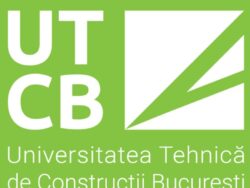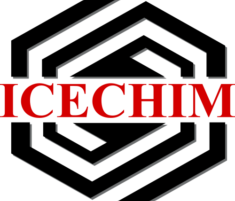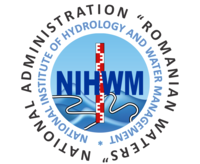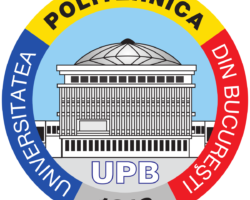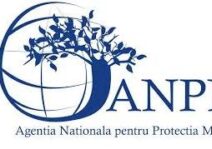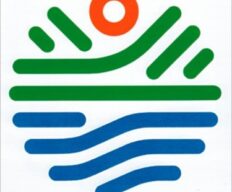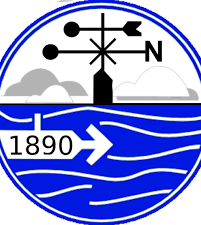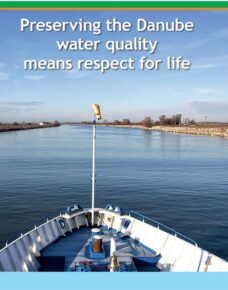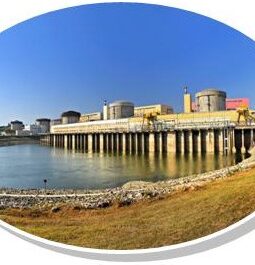Danube WATER integrated management
MIS-ETC code 161
The strategic project “Danube Water Integrated Management” was implemented in the period 2012-2015 and was financed under the Romania-Bulgaria Cross Border Cooperation Programme 2007-2013. The Lead Partner, Ministry of Environment and Climate Changes, Department for Waters, Forests and Fisheries, coordinated the activities of twelve partners from Romania and Bulgaria.
Project goal
The aim of the project was to create a common management and monitoring system for water quality in extreme environmental conditions (floods, droughts, accidental pollution) in the border area counties, as well as wastewater processing and conditioning of radioactively contaminated liquid organic wastes from nuclear power plants Cernavodǎ and Kozloduy.
Implementation period: 2012-2015
Partners:

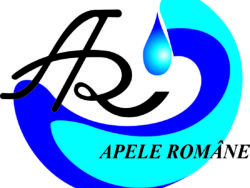
“Romanian Waters” National Administration
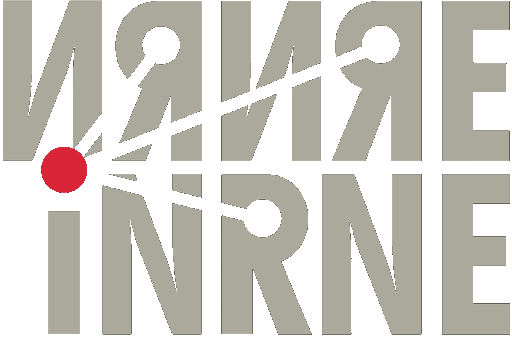
Institute for Nuclear Research and Nuclear Energy, Bulgaria
Activity 12 Elaboration of a new technology for wastewater processing and conditioning the liquid organic wastes radioactively contaminated from the nuclear power plants
General objective: Development of new technologies for wastewater processing and conditioning the liquid organic wastes radioactively contaminated from the Nuclear Power Plants Cernavodǎ –Romania and Kozloduy –Bulgaria, in order to ensure a higher factor of environment protection.
- To optimize the management of radioactive liquid wastes from the nuclear plants N.P.P. Cernavodǎ –Romania and Kozloduy –Bulgaria.
- To ensure the environmental compliance of the new technologies with the specific legislation in force.
- To improve availability and dissemination of information on joint opportunities in the border area.
P6 – National Institute for Research & Development in Chemistry and Petrochemistry – ICECHIM, Romania
P7 – Romanian Authority for Nuclear Energy Technology – Institute for Nuclear Research Pitesti – Mioveni, Romania
P8 – University POLITEHNICA of Bucharest
P13 – Institute for Nuclear Research and Nuclear Energy- INRNE Sofia, Bulgaria
- Technology for processing the wastewaters from the nuclear plants Cernavodǎ and Kozloduy were carried on in simulated nonradioactive conditions or with the real spent decontamination solution using the ion exchange technique;
- Technology for decontamination of liquid organic wastes (waste oils contaminated with tritium resulted during normal operation and during maintenance operations at Nuclear Power Station) The technology for conditioning the liquid organic wastes radioactively contaminated is based on the use of decontamination agents such as demineralized water, sulfuric acid solution, linear alkyl benzene sulfonate sodium salt.
More information:
